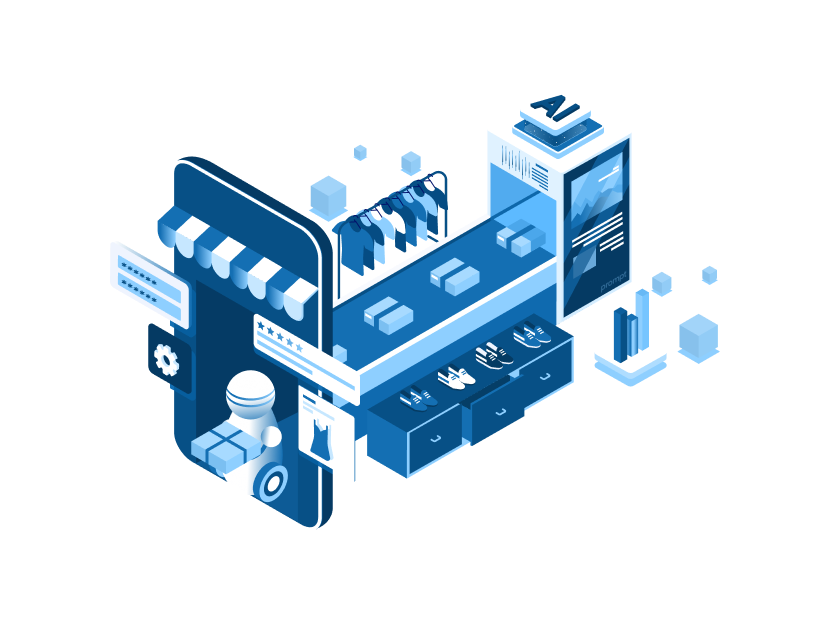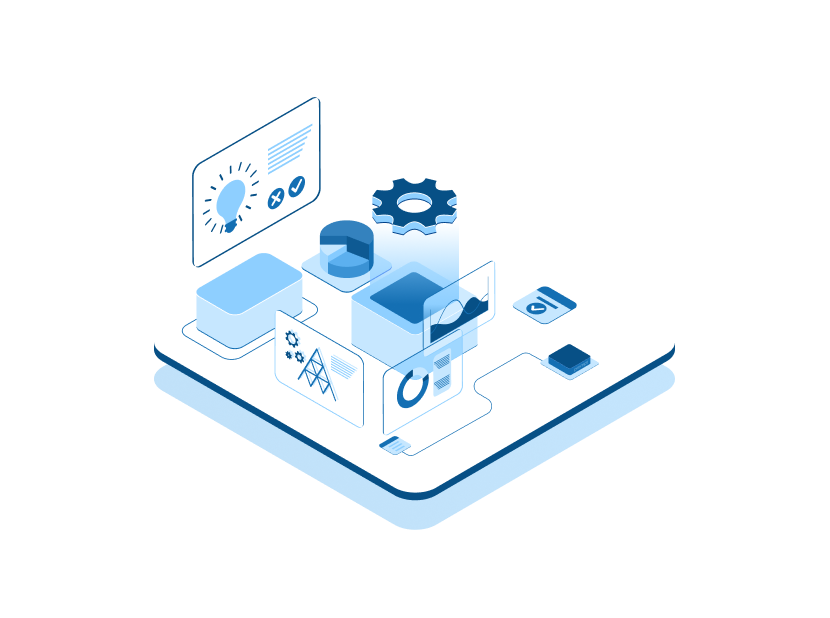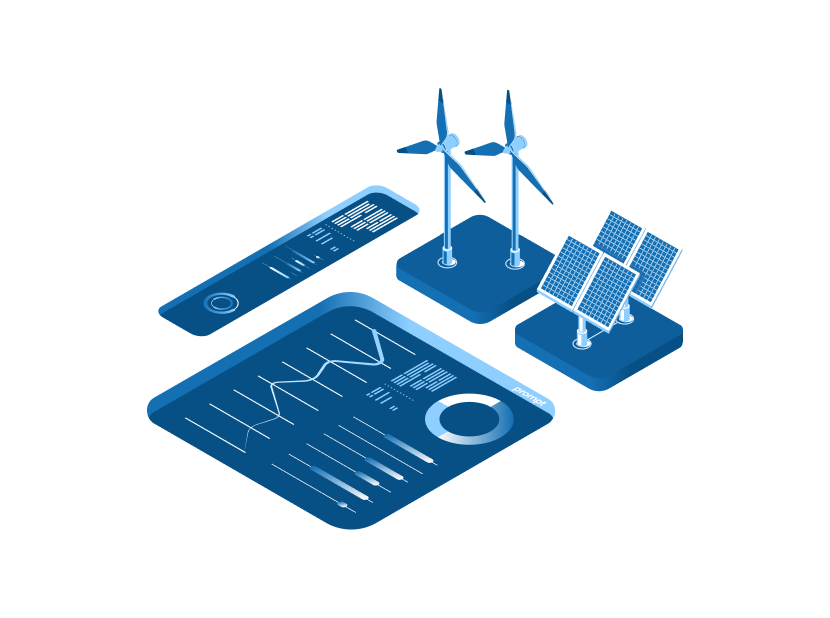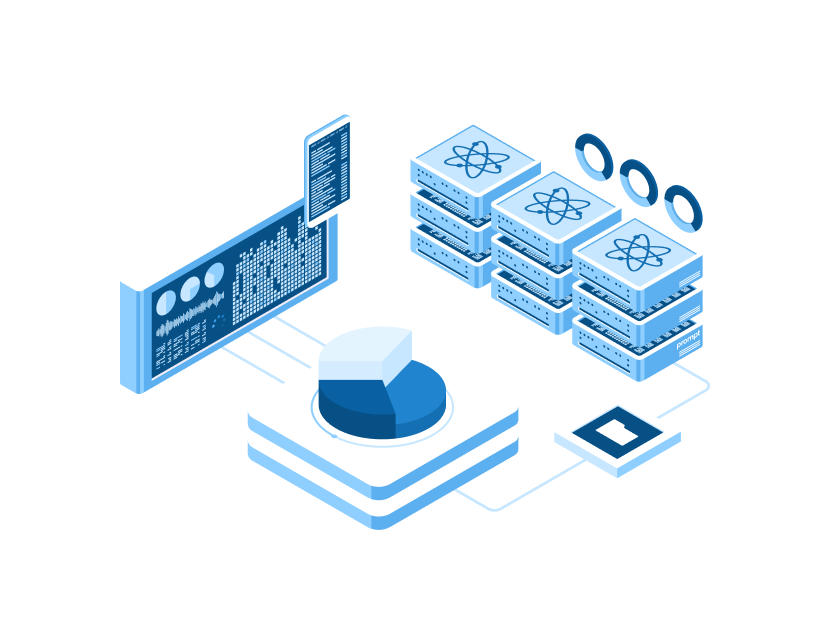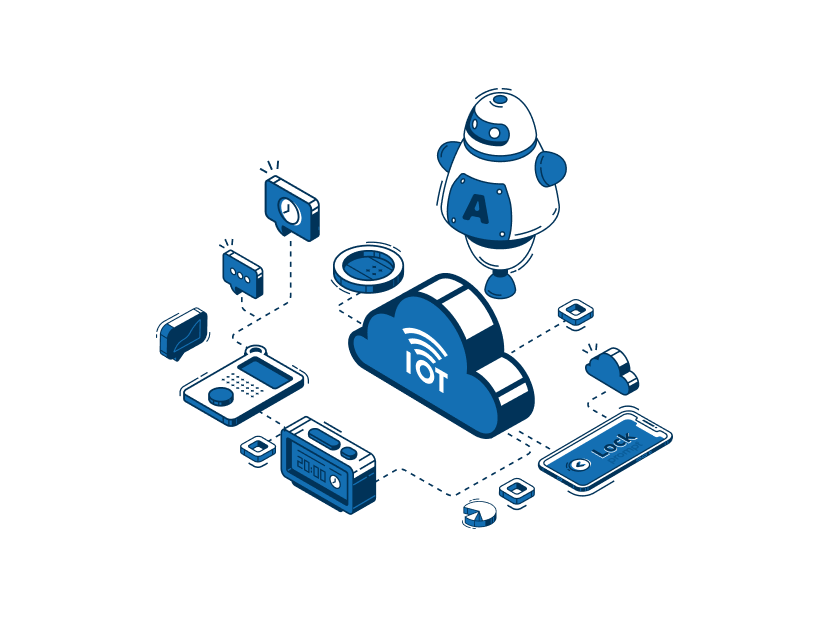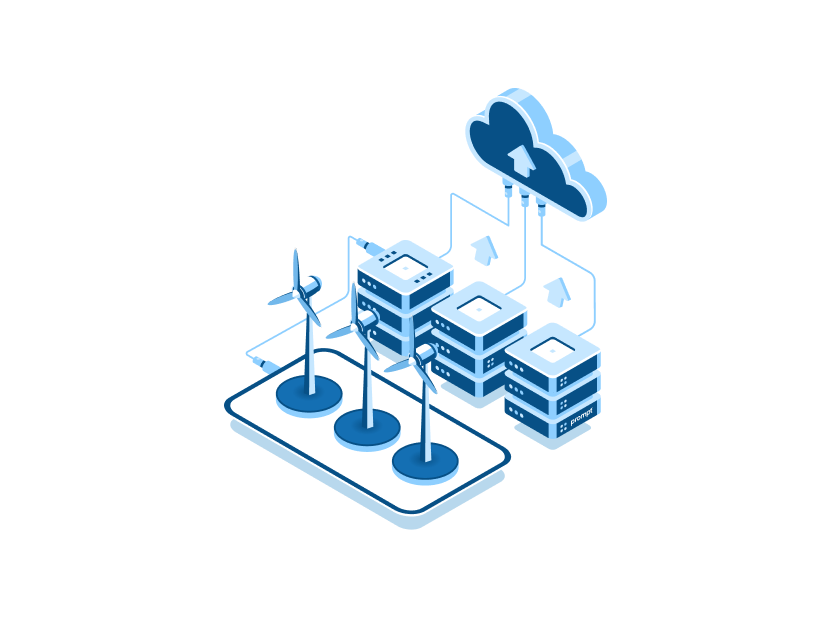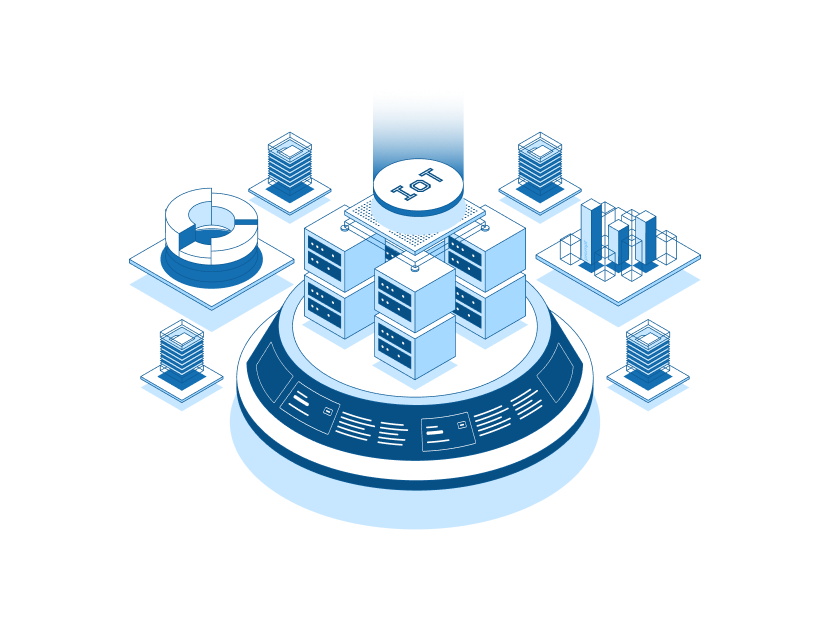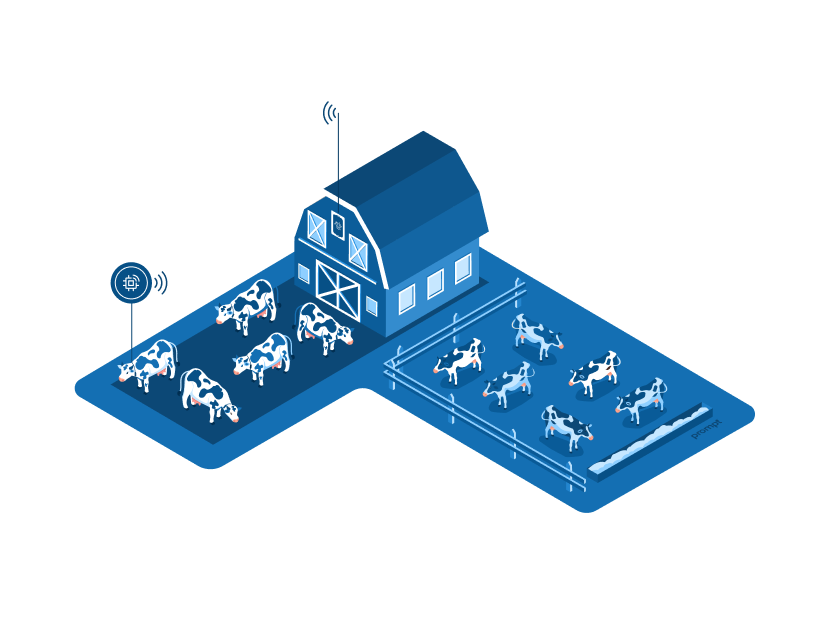It is now visible that AI, that is, Artificial Intelligence, has revolutionized and brought changes in the world. The day it joined the tech world, it changed every sector and, no doubt, transformed retail. AI is experiencing improvements daily, expanding the chances of growth for every business utilizing AI.
A few decades ago, AI was not even in a scene; it was merely a dream, but it has materialized now. In the coming years, the AI bandwagon will most likely become a part of any retail business that doesn’t run well. No matter which part of the business, either its customer service or strategies, security or marketing, AI has revolutionized the way of doing business.
However, this blog will emphasize how AI has reshaped the retail market. We will also discuss the rise of AI, what it is, why businesses are ready to adopt this incredible technology, how AI transforms customer standards, and the future of this technology. Without further delay, let’s know this exciting technology and how it works.
The Rise of AI:
First of all, AI stands for Artificial Intelligence. Traveling back to history, the fathers of this technology, Minsky and McCarthy, foreshadowed how artificial intelligence would transform the world. This news took the whole industry by storm. As per them, AI would replace human Intelligence with machine intelligence.
The modern definition of AI is a machine’s ability (a computer itself or a robot controlled by a computer)to execute those functions only achievable with human Intelligence.
With time, AI started developing, and the world witnessed daily innovations. Today, dreams have turned into a reality where Apple Siri directs the user to purchase something, and self-driven cars are running on the roads, all thanks to AI and related technology. In the past years, every industry has encountered changes.
For instance: the excessive use of robots in the manufacturing industry or the advancement of healthcare by employing artificial Intelligence. These life-changing innovations were all possible because of AI.
Why are Retail Businesses embracing Artificial Intelligence?
As discussed earlier, AI has transformed almost every industry, and retail is not untouched. This is the sole reason it has become vital in the retail sector. From online giants like Amazon to their counterparts like Walmart and Target, retail businesses are switching to AI. The reasons for the same are:
- It is Reliable: Nothing can win against AI machines when it comes to reliability. They are more reliable and efficient than humans. If you demand to work 24* 7, then they can do it. Unlike humans, these machines do not demand eating, sleeping, or refreshment time. Businesses don’t have to entertain the demands of work breaks or sick leaves with these machines, making them more efficient and reliable than humans. They can also process data in seconds, which requires enough time when done by humans.
- AI has enhanced Customer Services Over the Years: AI has completely changed customer service over the years. Today, customer care is the marketing backbone of any business. Retail business owners are familiar with the paramount importance of customer care, so they are opting for AI over human Intelligence. Bots can handle chats, phone calls, and emails without taking breaks. They use sophisticated vocabulary developed through years and years of language data. Their valuable assistance builds trust that leads to the creation of loyal customers for the business. Nowadays, some ad targeting software uses AI to determine the target audiences effectively.
- It Enhances Productivity: Experts recommend that AI operates as an aide-de-camp for employees. Under the roof of AI, employees can share their workload with bots and emphasize their tasks. This helps them become more efficient and show better performance results.
The Best Examples of Using AI in Retail:
Artificial Intelligence is omnipresent in today’s retail sector. Here we represent some examples of retailers that are efficiently using AI in their business functions:
Sephora Utilizes AI to suggest makeup. Famous makeup brand Sephora uses AI to recommend makeup for its customers. Finding the correct makeup for most females can be challenging because of their skin type and color complexion. Color IQ examines their face and advises foundations and concealers accordingly. LipIQ is also a component of the ColorIQ technology that scans the lips and proposes an appropriate lip color.
LOWES uses LoweBots to find Items. Finding an item in stores where multiple items are placed can be a back-breaking task for customers. This is where LoweBots come in conveniently. In the LOWES stores, these bots wander around and give directions to customers. They will keep asking about what you’re trying to find and assist you based on the answers you provide them.
North Face brand advises Coats to Customers — North Face employs AI to offer coats to its customers. The customer has to tell the event details to the bot, which can figure out which coat will best suit the event.
Walmart employs AI to Monitor Inventory — Walmart is one of the earliest retailers to use AI to operate its in-store inventory. The advanced bots can scan all the galleries to see the inventory level. They send notifications to the store’s depository to refill inventory whenever required.
How AI is Setting New Consumer Standards:
Artificial Intelligence plays an essential role in generating new consumer trends and standards. AI plays a vital role in setting new consumer trends and standards. Consumers do not need to struggle hard to find products anymore. Previously, consumers faced a dilemma in finding out what they were looking for.
Artificial Intelligence now maintains track of their last searches and recommends a product even when the customer isn’t asking for it. It just strikes the nail on the head, as customers now don’t have to see the unwanted ads anymore. Since AI-fetched ads are relevant, they become more engaging rather than annoying for customers.
Social media users are also experiencing the power of AI. Have you often seen a product on a social media platform when you have searched for it on Google? Possibly, every time. These targeted advertisements suggest to customers what they want. If many customers like the product, then it becomes a new trend. AI also identifies customer behavior towards a particular product and aids companies in knowing whether it’ll sell.
The Future of AI in Retail:
No doubt, the future of AI is shiny and glittery in the retail world. Although this technology offers so many benefits, it is still in its beginning stage. We are the first generation experiencing the magic of AI. The reality is that AI has just started to bloom, and in the coming years or decades, we will be able to see its full potential.
Even when it is in its infancy, many retail companies are leveraging its benefits. They now create their strategies based on consumer behavior. While AI keeps advancing, we can expect it to automate more and more operations in the retail industry in the coming years.

